1. The Winter Solstice: A Celebration of Light
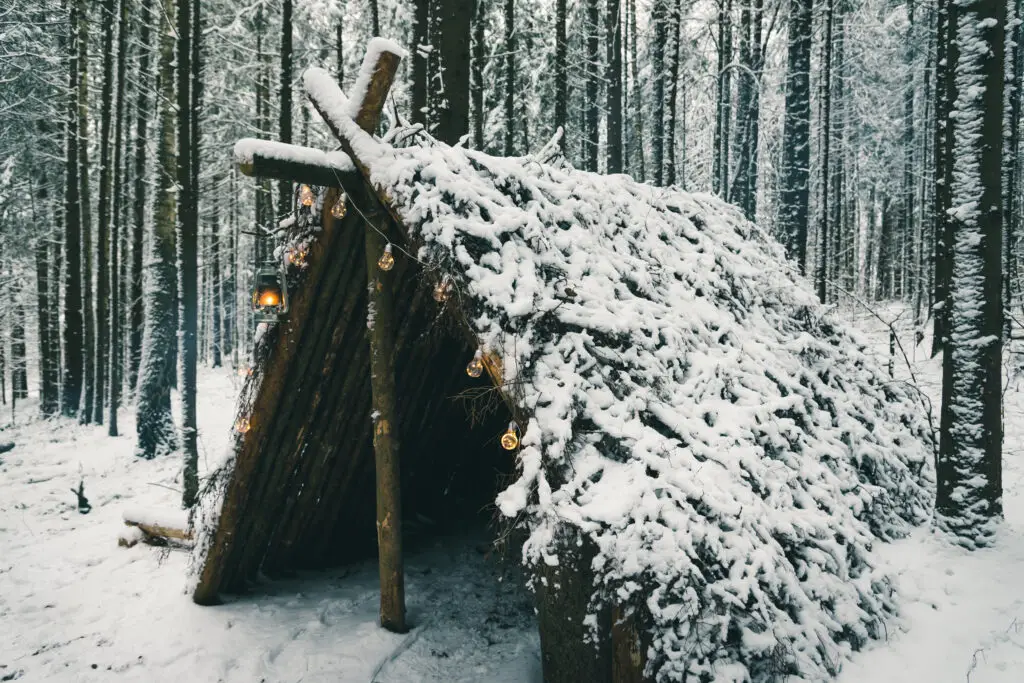
The winter solstice, celebrated by ancient cultures such as the Romans and Egyptians, marks the longest night and the return of the sun. In ancient Rome, the festival of Saturnalia was held in honor of Saturn, the god of agriculture. It was a time of feasting, gift-giving, and revelry, setting the tone for modern Christmas celebrations. Many of the traditions we associate with the holiday season—like decorating trees, feasting with family, and exchanging presents—can be traced back to these ancient solstice celebrations.
This celebration of light and the renewal of the sun is still evident in modern Christmas festivities. For example, the tradition of hanging lights during the holidays echoes ancient practices of illuminating homes to fend off the darkness. The timing of Christmas, also close to the solstice, shows how these rituals were adapted over centuries into modern celebrations, maintaining the themes of light and renewal.
2. The Ancient Greek Olympics: A Legacy of Athleticism
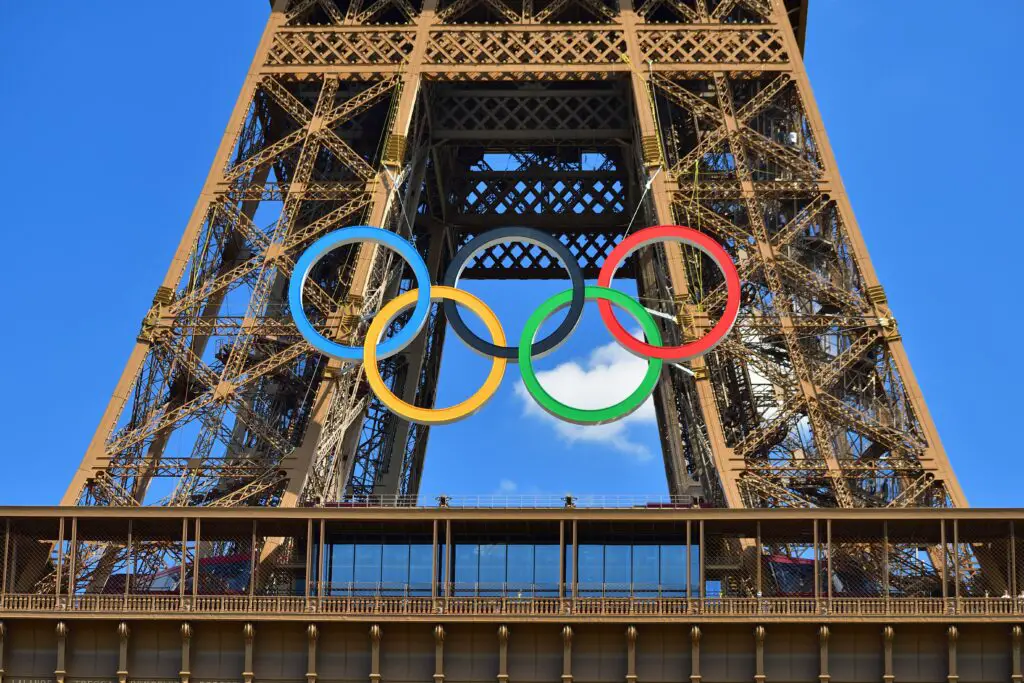
The ancient Greeks created the first Olympic Games in Olympia around 776 BCE, a festival honoring Zeus. Athletes competed in various events, including running, wrestling, and chariot racing, and the games were marked by a spirit of competition and camaraderie. Today, the Olympic Games continue to be a global event that celebrates athletic prowess, unity, and national pride.
While the events themselves have evolved, the core principles of the ancient games are still alive today. The lighting of the Olympic flame, for instance, is a direct tribute to the rituals performed in Olympia, where the torch was lit to honor Zeus. The modern games still embody the competitive spirit and cultural exchange that the ancient Greeks so highly valued.
3. The Day of the Dead: Honoring Ancestors

In ancient Mesoamerican cultures, particularly among the Aztecs, rituals were held to honor the dead and celebrate their ongoing presence in the lives of the living. These customs evolved into the modern Day of the Dead (Día de los Muertos) in Mexico, where families gather to remember and celebrate their ancestors. Altars are decorated with marigolds, candles, and offerings of food, honoring the spirits of loved ones.
Today, Día de los Muertos is a vibrant celebration that blends ancient traditions with modern customs. While it has deep cultural roots, it has also become a holiday celebrated in many parts of the world, often with lively parades, colorful costumes, and artistic expressions. The essence of connecting with the past and celebrating life continues to resonate in contemporary observances of the day.
4. The Chinese New Year: Embracing Renewal
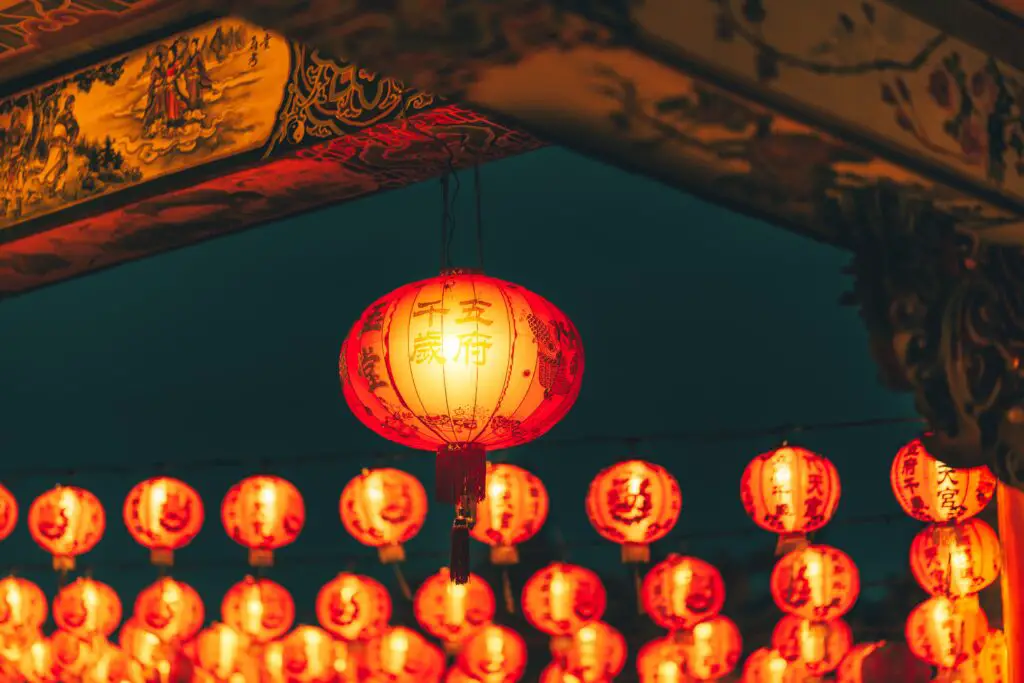
The Chinese New Year, which has its origins in ancient China, is a time for families to gather and celebrate the end of winter and the beginning of spring. Rooted in agricultural traditions, it was originally a festival to honor deities and ancestors, ensuring good harvests and prosperous lives. Today, the holiday still holds these themes, with customs such as cleaning the house to sweep away bad luck and giving red envelopes filled with money for good fortune.
The traditions of Chinese New Year are deeply ingrained in modern celebrations, not just in China but worldwide. The iconic lion dances, fireworks, and the color red are all remnants of ancient rituals meant to ward off evil spirits and invite prosperity. These customs remain vital to the holiday’s modern identity, serving as a reminder of the importance of family and renewal.
5. Ancient Egyptian New Year: A Celebration of the Nile’s Rise
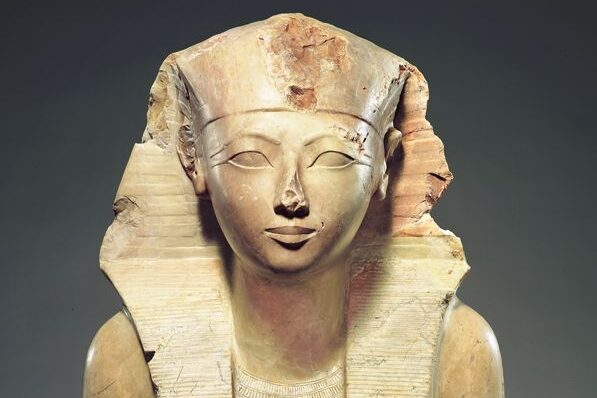
In ancient Egypt, the New Year was celebrated during the annual flooding of the Nile River, which brought fertility and abundance to the land. This event, called the “Heliacal Rising of Sirius,” was marked by rituals that involved feasting, prayers, and offerings to the gods. The rise of the Nile was seen as a gift from the gods, ensuring the land’s prosperity for another year.
The modern celebration of the New Year, especially in cultures influenced by the Egyptians, often features elements of renewal and hope for abundance. The tradition of celebrating the new year with fireworks, parties, and toasts can be linked back to ancient rituals of marking the passage of time and the anticipation of a fruitful year. While the specifics have changed, the idea of starting fresh with hope for prosperity remains central.
6. Hindu Diwali: A Festival of Light and Goodness
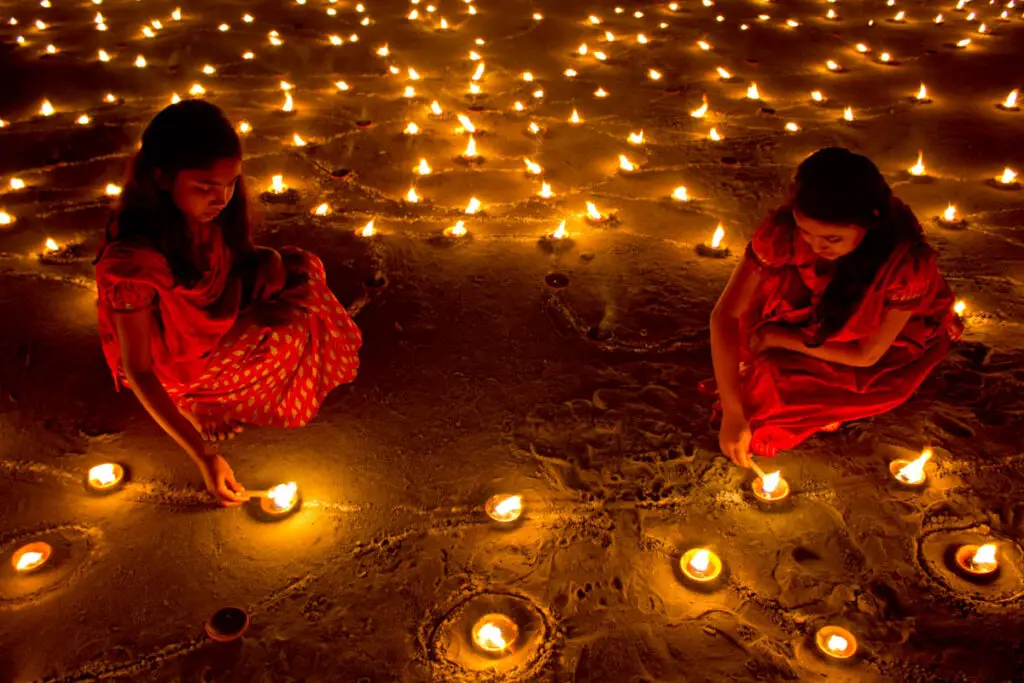
Diwali, the festival of lights in Hinduism, celebrates the triumph of good over evil and light over darkness. Its origins can be traced back to ancient India, where the festival honored deities such as Lakshmi, the goddess of wealth, and Rama, the hero of the Ramayana. Families light oil lamps, or diyas, and burst fireworks to ward off evil spirits and invite good fortune into their homes.
The essence of Diwali’s rituals continues to influence modern celebrations. The lighting of candles and fireworks, as well as the focus on family and community, are practices that have persisted for thousands of years. Today, Diwali is celebrated not just in India but in various parts of the world, symbolizing hope, renewal, and the power of light.
7. The Ancient Roman Feast of Lemuria: Honoring the Dead
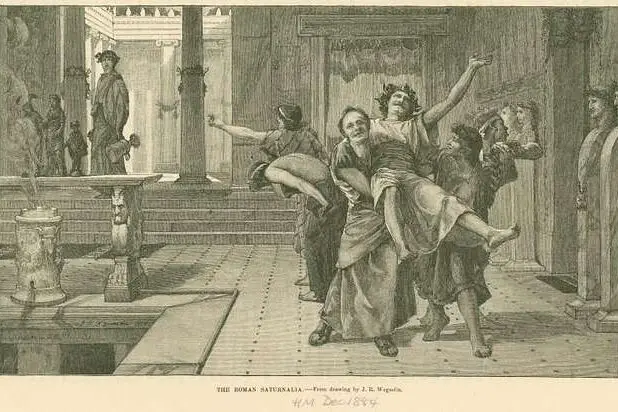
The Romans celebrated the Feast of Lemuria in May, a festival dedicated to appeasing restless spirits of the dead. During the festival, people would perform rituals such as walking barefoot and throwing beans to ward off the ghosts. The Romans believed that by honoring the dead, they could ensure peace and protection for their families.
While the specifics of the Lemuria have faded from modern practice, the idea of honoring ancestors is still deeply rooted in contemporary customs. Many cultures around the world, from the Chinese Qingming Festival to the Mexican Day of the Dead, continue to honor the deceased. These modern rituals echo the Roman belief in maintaining a connection with those who have passed, ensuring their spirits remain at peace.
